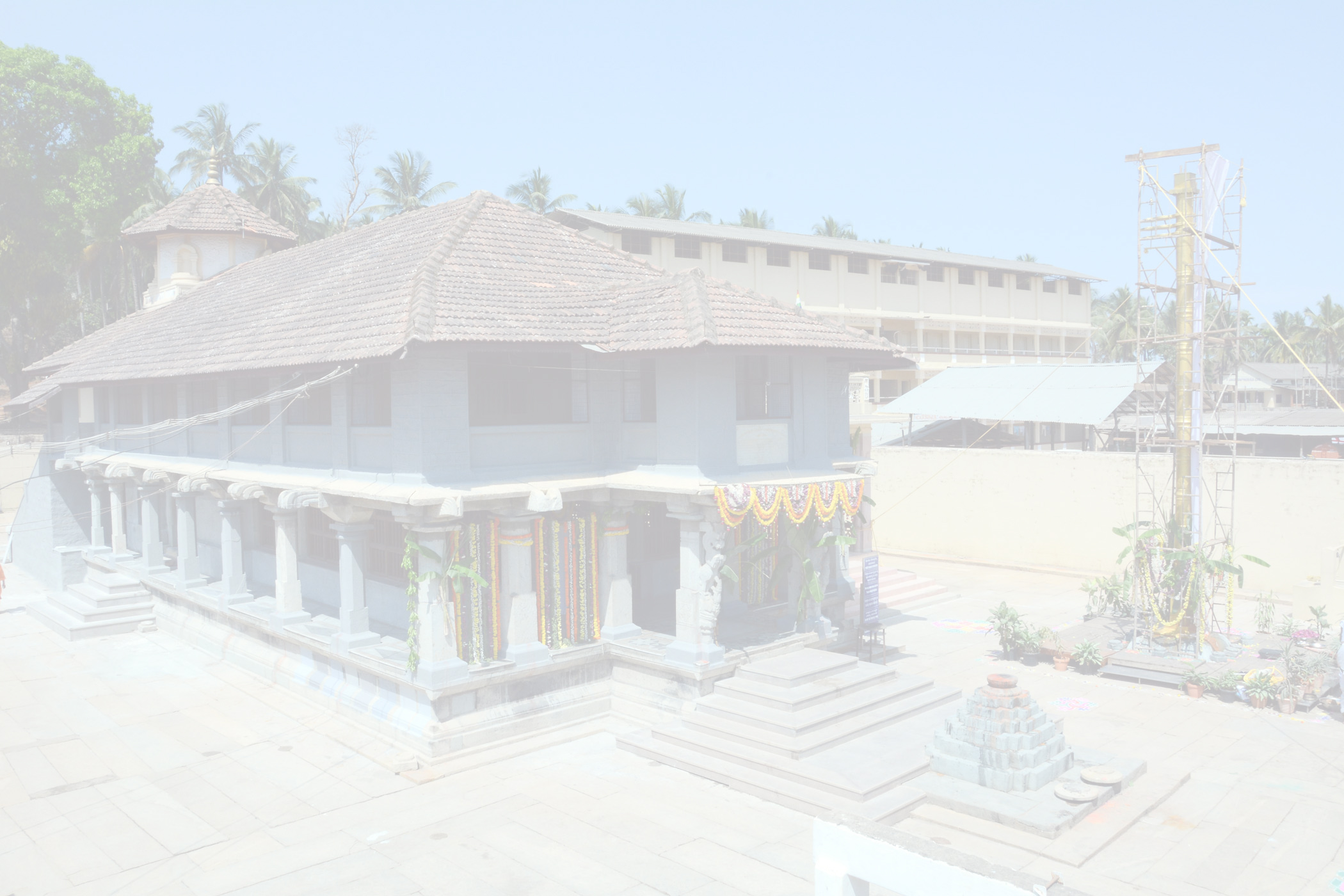Jainism is one of the ancient religions of India. One presumes that it already existed in similar form as of today in the 6th century B.C. Most probably, it was propounded by Parshwanatha and was reformed and built into a closed system by Vardhamana Mahavira, a contemporer of Gautama Buddha. Though the Jainas are spread all over India, their main concentrations are in Gujarat, Karnataka, Madhya Pradesh, Maharashtra and Rajasthan.
Jaina, as the followers of the religion call themselves, is derived from the Sanskrit word jina, ‘conqueror’, a title attached to revered beings of this religion who have conquered the world of passions by their own strenuous efforts; in other words, who have obtained perfect knowledge and absolute freedom from the bondage of karma. .It specially refers to the Tirthankara, the one who has built a passage through the ocean of births, meaning the teachers of this religion. Sometimes Tirthankara is also understood to mean the founder of the four tirthas or the orders of the monks, the nuns, the male lay-followers and the female lay-followers. Jains believe that there were 24 such Tirthankaras of which Vrishabhanatha or Adinatha was the first who is supposed to have lived in the mythical past and Mahavira the last who lived 2500 years ago. Historically only the existence of Mahavira is traceable and that of Parshwanatha may be inferred. Mahavira was born under the name of Vardhamana as the son of Siddhartha, a local chief of Vaishali in modern Bihar. As a child he displayed special qualities of body and mind and therefore earned for himself the title of Mahavira, the great hero. At a young age he renounced the world and wandered around as a monk and attained Kevalagnana the highest enlightenment, when he was 42. Thereafter he went about the country as an enlightened preacher and gave a new structure to the order of monks and won for himself innumerable lay-followers. Mahavira’s path was that of severe asceticism and detachment from worldly objects, relations and sentiments. He followed it with extreme strictness and with out compromise unlike the middle path of the Buddha. At the age of 72 he breathed his last and attained Nirvana the final liberation.
The essential teachings of Mahavira were canonised only in the 3rd century B.C. and were put in the written form several centuries later. It is said that after Mahavira’s death there was a famine in the region of Bihar which was the main centre of his followers. Under the leadership of Bhadrabahu a large group of monks left Bihar and migrated to Karnataka. Sthulibhadra, another leader of the group, however, stayed back in Magadha. The former who stuck to the strict regulation of nudity and prescribed methods of begging and eating food became known as ‘Digambara’, the sky-robed, and the latter who continued to live under famine conditions and changed their ways became known as ‘Swetambara’, white robed.
The swethambara Jainas are found above all in Gujarat and Rajasthan. They are divided into two sub-sects, namely Dervasi worshipping the idol in temple and Sthanakavasi worshipping their teachers in a monastery. The Digambaras who lived mainly in Central and South India are divided into ‘Terapanthi’ and ‘Bisapanthi’ sub sects. They differ from each other in the observance of rituals.
The Jains are also divided into various castes though the rules of caste-endogamy and inter caste relations are not very strictly followed. Within the community the Jains also maintain the traditional affiliation to a certain line of monks (gaccha). Several lineages of monks exist side by side without any order of hierarchy.
According to Jainism the soul which possesses infinite knowledge controls actions and perceives pleasure and pain through bodily agencies. Liberation from the material body and worldly activity which are the sources of misery could be attained by destroying desire and attachment by following the path of discipline and penance. One of the basic ethical principles of Jainism is ahimsa, not to violate any form of life and aparigraha, non-possession. In order to avoid injury to living organisms, professions such as agriculture, animal-husbandry, etc. are prohibited for the Jains. Occupations involving less mobility such as those of merchants are more suitable to them. Due to this reason the Jains own large business-houses connected with textiles, grains, machinery and capital investment. It is ironical that Jains who hold the principle of aparigraha in high esteem should have amassed great wealth and should have become one of the wealthiest communities in India. Cities like Ahmedabad are full of Jain merchant aristocracy who, along with Parsees, understood relatively early the importance of the textile industry and became wealthy in the years of its foundation. Other industries which are at least partly owned by Jains are the chemical industry, the paper industry, newspapers, precious metals, Jewellery and banking. Most of the middle-class Jains are accountants, bank-employees or petty shopkeepers; rarely laborers or craftsmen.
Historically, Jainism found patronage of early rulers like Chandragupta Maurya, Asoka, Kharavela of Kalinga, etc. With their help and support the religion spread outside Bihar upto Mathura, Orissa and Karnataka. In the medieval era the rulers of Gujarat were great patrons of Jainism and it was due to them that some of the most remarkable monuments of the faith came into being. Under the patronage of Solanki rulers, Siddharaja and Kumarapala, flourished the great Jaina teacher and scholar Hemachandra Acharya.

